What Are Corner Brick Slips?
Corner brick slips, or corner tiles as we call them, are L-shaped brick slips to fit around external corners. In the brick industry, they can also be referred to as 'pistols'.
To make them, the face of the brick is cut all the way down to 22mm from the end, and then the header of the brick is cut to meet it, creating the L-shape, and keeping the look and texture of the full brick in doing so.
What Are They Used For?
They are made and used for going around external corners- i.e the outside of a corner, like around a pillar.
This means that you need to get corner brick slips if you are covering any external corner, the most common cases are-
|
Chimney Breast
|
Pillars
|
|
Boxed In Pipework
|
Doors
|
|
Windows
|
External Corners
|
|
Cills/Hearths  |
Horizontal Corner
|
Is There Any Particular Way To Use Them?
We recommend always starting your tiling with the corner tiles, this means that you will start off nicely with a perfect stretcher bond due to the alternating sizes.
Where you are tiling a pillar, or chimney breast, with corner tiles at both ends, you need to work out how the bond pattern will come out from there, and whether you’ll need to cut any to fit. The best way is to simply lay them out as a dry run. You can move mortar joints from between 8mm to 12mm without too much impact if this helps but note this will have an effect on the amount of mortar and tiles required.
How Many Do I Need?
For every linear metre (i.e cumulative line of where the corner brick slips will go), mathematically you will need 14 corner tiles. This is assuming a standard 10mm mortar joint.
However, we always recommend 15 plus an additional 5-10% for wastage. This is because you may need to cut the top or bottom one to fit the area, thus creating wastage at each point. The additional is also to allow for more breakages than with full brick slips. The L shape, and the way they have to be cut, means that they are more fragile, so you have to allow for some breakages in the process.
What Do I Use For Internal Corners?
Internal corners (such as inside a fireplace, or just the corner of a room) don’t have anything special to use. If you consider a full brick, there is no one piece that would be used there. What we recommend is to make sure that the cut slips at each edge are as flush as possible, and to cover any small gap left, you can add a line of mortar.

Is There Anything Else to be Aware of?
Due to the processes involved in brick making, sometimes the header of the brick can be slightly different to the appearance of the face, this is perfectly normal and will not look as strange once all on the wall as they do in your hand.
The other consideration as mentioned above is breakages, we account for 5% of breakages in transit, and you need to also consider if you drop any that they are more vulnerable than the full tiles, so make sure you have plenty to complete your project.
All of our brick slips have corner tile variations, you can add them to your basket individually from the blend page.














